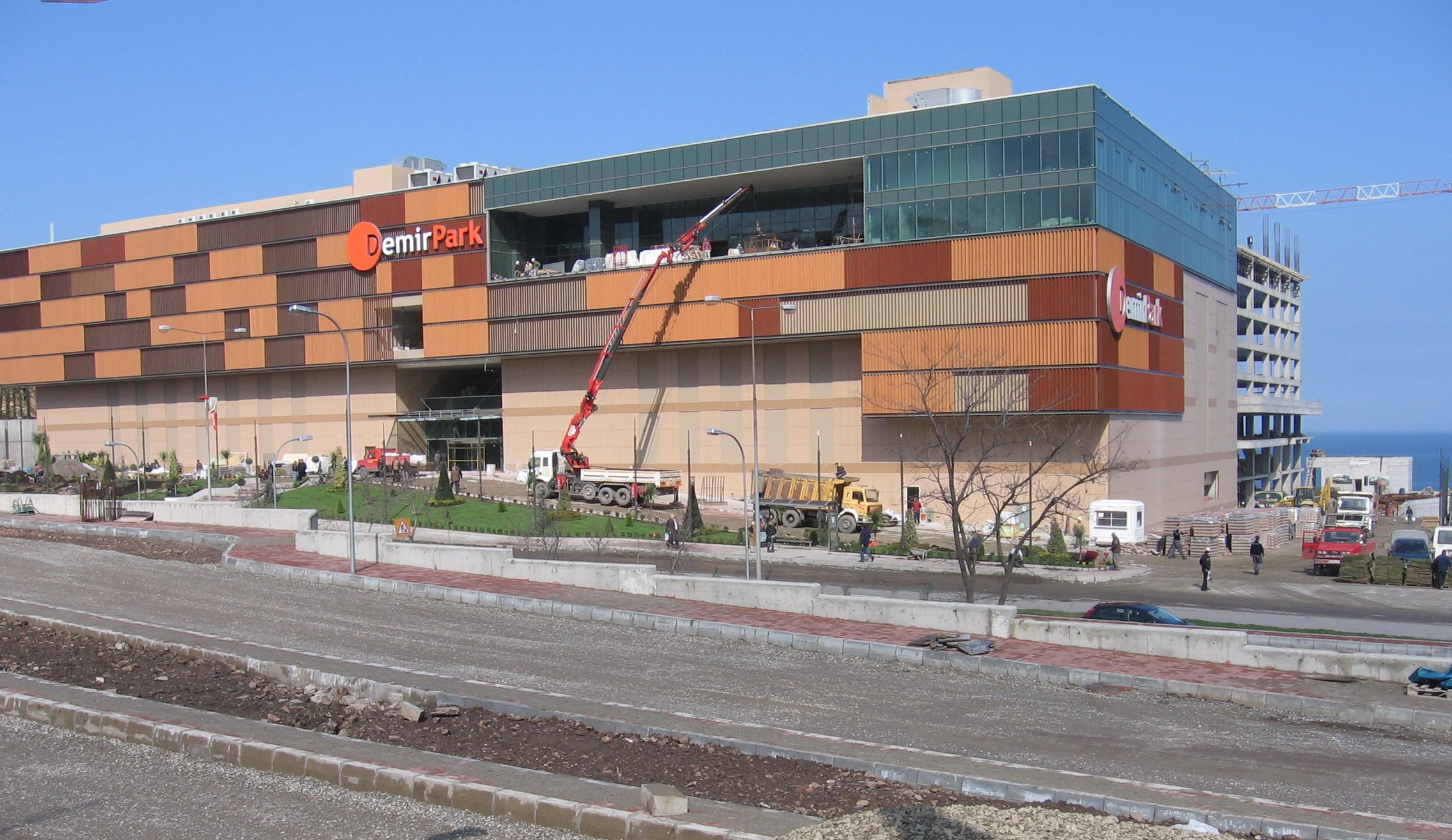|
Kızılelma Cave
Kızılelma Cave ( tr, Kızılelma Mağarası) is a cave in the Ayiçi naeihborhood of Zonguldak, northern Turkey. It is the country's second longest cave. References Caves of Turkey Caves of Zonguldak Province Zonguldak {{Zonguldak-geo-stub ... [...More Info...] [...Related Items...] OR: [Wikipedia] [Google] [Baidu] |
Zonguldak
Zonguldak () is a city and the capital of Zonguldak Province in the Black Sea region of Turkey. It was established in 1849 as a port town for the nearby coal mines in Ereğli and the coal trade remains its main economic activity. According to the 2009 census, Zonguldak has a population of 108,792. The current mayor is Ömer Selim Alan, representing the AKP. Etymology There are several different theories concerning the origin of the city's name: * That it comes from ''Zone Geul-Dagh'', the name given to the area by French and Belgian mining companies from French "zone" and a French spelling of Turkish Göldağı ('Lake Mountain'), the highest mountain in the vicinity of the Devrek district. * That the name came from Turkish which means "swamp", or . * That the name may derive from the name of the nearby ancient settlement of Sandaraca or Sandarake (in Ancient Greek Σανδαράκη). * That the name may have come from "jungle" (which the French entrepreneurs called the area due ... [...More Info...] [...Related Items...] OR: [Wikipedia] [Google] [Baidu] |
Caves Of Turkey
A cave or cavern is a natural void in the ground, specifically a space large enough for a human to enter. Caves often form by the weathering of rock and often extend deep underground. The word ''cave'' can refer to smaller openings such as sea caves, rock shelters, and grottos, that extend a relatively short distance into the rock and they are called ''exogene'' caves. Caves which extend further underground than the opening is wide are called ''endogene'' caves. Speleology is the science of exploration and study of all aspects of caves and the cave environment. Visiting or exploring caves for recreation may be called ''caving'', ''potholing'', or ''spelunking''. Formation types The formation and development of caves is known as ''speleogenesis''; it can occur over the course of millions of years. Caves can range widely in size, and are formed by various geological processes. These may involve a combination of chemical processes, erosion by water, tectonic forces, microorganism ... [...More Info...] [...Related Items...] OR: [Wikipedia] [Google] [Baidu] |
Caves Of Zonguldak Province
A cave or cavern is a natural void in the ground, specifically a space large enough for a human to enter. Caves often form by the weathering of rock and often extend deep underground. The word ''cave'' can refer to smaller openings such as sea caves, rock shelters, and grottos, that extend a relatively short distance into the rock and they are called ''exogene'' caves. Caves which extend further underground than the opening is wide are called ''endogene'' caves. Speleology is the science of exploration and study of all aspects of caves and the cave environment. Visiting or exploring caves for recreation may be called ''caving'', ''potholing'', or ''spelunking''. Formation types The formation and development of caves is known as '' speleogenesis''; it can occur over the course of millions of years. Caves can range widely in size, and are formed by various geological processes. These may involve a combination of chemical processes, erosion by water, tectonic forces, microorgani ... [...More Info...] [...Related Items...] OR: [Wikipedia] [Google] [Baidu] |


